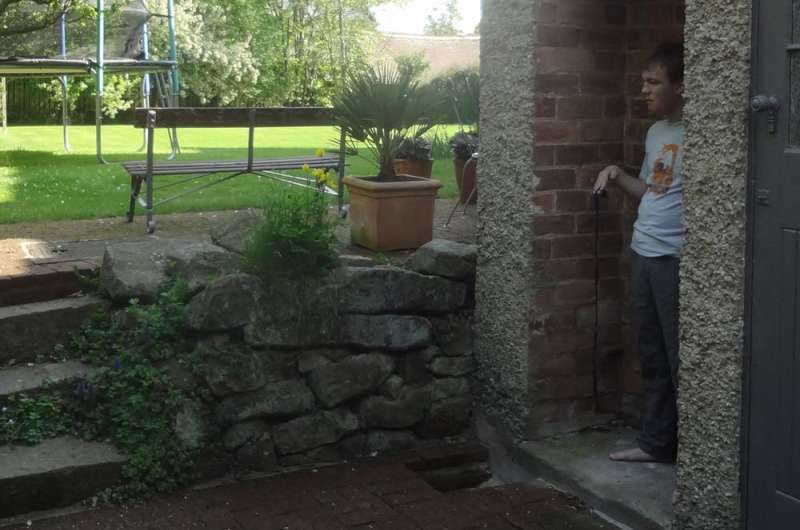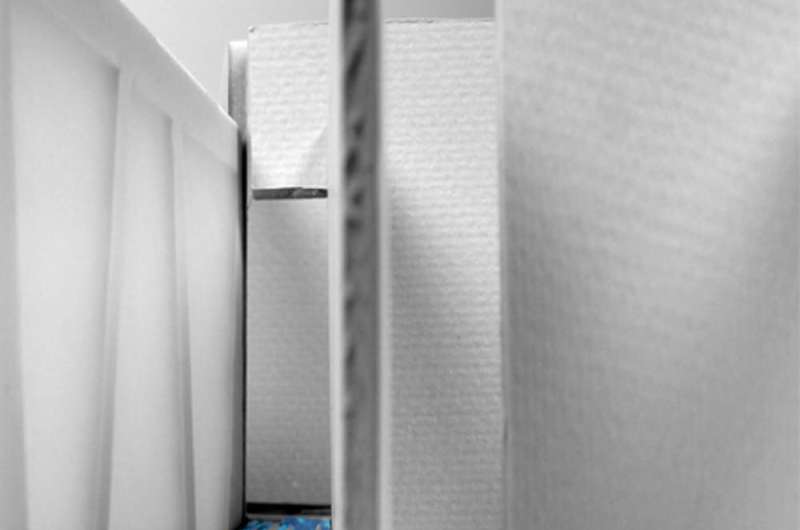How autism-friendly architecture can change autistic children's lives

Imagine wearing a hearing aid on its highest setting and being unable to make any adjustment. You can hear the speech of the person next to you—but, at the same volume, you hear birdsong through an open window, the air conditioning whirring above and the traffic droning outside. The difference in the layers of sound cannot be filtered and a cacophony results. Combine this with some of your senses being crossed or scrambled, rather like a poor telephone connection, and you start to appreciate how some people on the autistic spectrum encounter the world. It is small wonder that productive teaching of an autistic child presents a challenge.
Within our living spaces, all of us are bombarded with an array of stimulating sensory inputs—sound, smell, touch, taste, movement—and a never-ending deluge of visual information. Many people manage to filter and cope, but people with autism encounter the world differently. Sensory difficulties can cause hyper-sensitivity (sense too much) or hypo-sensitivity (sense too little), or combinations of both. The environment becomes a confusing place when attempting to process "too much information". Unexpected changes cause anxieties, which are challenging to manage, and the level of stimuli can tip the balance, to cause sensory overload, sometimes misinterpreted as a tantrum.
An optimized learning environment is vital for every child. For autistic children, the importance of environment is magnified, as are the benefits that can be achieved through appropriate architecture and design.
Over the past five years, I've been conducting research into how to teach the design of autism environments to future designers, with eight case study schools and colleges. The research has identified a number of ways schools can adjust spaces to help children and young people with autism cope with their surroundings and, therefore, learn more effectively.
How schools can help
In particular, the recommendations take into account the value to autistic people of preparation before an activity as this allows information to be processed at an individual's required rate. This gives children time to understand what is expected of them. It also reduces anxieties, provides reassurance and enhances learning receptivity.

1. Provide pause places
Make the most of any open alcoves or recesses. Clear any small spaces "under the stairs" or in an outside area, providing an opportunity to stand back, process information and recalibrate. It could mean removing a door from a shallow cupboard or locating a "pop up" tent. This is particularly important when moving from one building to another—when the difference between environments is significant.
2. Multiple entrances help
A main entrance may be too busy, so provide a quieter, alternative side entrance. Schools can also help by establishing a slow longer route from the playground to classrooms, as well as a quick short route—again giving both choice and time to process information.
Equally, softening the boundary from an internal to an external space can also help. An external canopy, for example, can create an ideal outdoor learning space to help with anxieties surrounding sudden sensory change.

3. Windows can offer reassurance
Some children have anxiety and ritualistic behaviors, and may want to spend time returning to a space they have just occupied, for reassurance. If strategically placed openings are provided, they do not need to go back physically to this space for reassurance, they can look back from a short distance. This allows more time for learning in the classroom.
4. Join the dots
Schools should also look at offering activities that emulate real life tasks, as this will help autistic children to see patterns and connections with things. A simple mock up shop, for example, both inside the classroom, and outside in the playground, could help children to learn how to generalize the skill of exchanging payment for goods, across differing environments.
A richer learning experience
What are known as "taster spaces" are also a great idea, as these can offer children an area to spent time participating in a pre-activity which helps them to explore part of a bigger activity in a smaller way.
This can help children to build up to the final activity—such as playing a percussion wall, before playing an instrument, or relating to a water channel before immersion in a pool.
As these ideas show, the need to encourage a richer learning experience, in a regulated responsive environment, is paramount for autistic children and young people. An essential consideration is that no two autistic people experience their environments in the same way, so there is no one approach or solution to sensory issues. But small, individually led adjustments (like those outlined above) can make a material difference, and really help to improve learning and quality of life of autistic children and their families.
This article is republished from The Conversation under a Creative Commons license. Read the original article.![]()





















